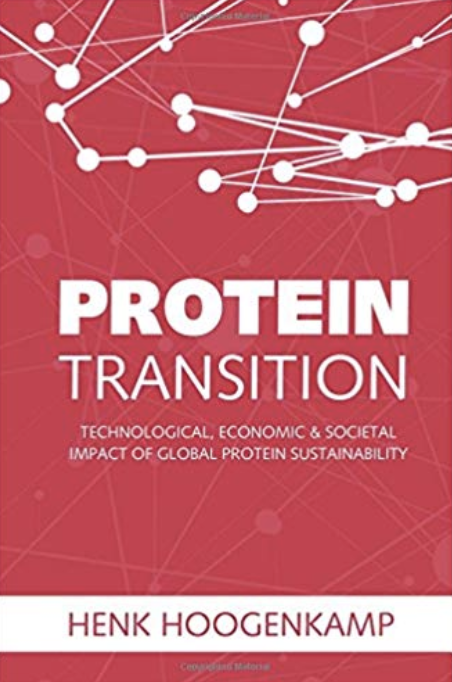Disruptive innovation can be defined as the introduction of new technologies and products -such as generated by cellular biotechnology- that unexpectedly displaces an established technology and often “disrupts” the status quo. By 2050, the global population is predicted to reach 9.8 billion of which more than 8 billion will live in the developing world of today. The expected increase in income per capita will confer increased competition for resources and, subsequently, there will be great need to “produce more and using less”. Population growth, climate change, ecosystem degradation, as well as scarcity of energy, water and land are making today’s food production increasingly unsustainable. Land, water and energy are three major but limited resources needed to increasing future food production, which may particularly challenge resource-intensive livestock industry. Extensive production systems tend to increase environmental impacts, especially when considering that sustainability is the balance of responsibility, economic viability and social acceptability. Especially for the growing population in developing countries, the availability of animal protein sources i.e. meat, dairy and eggs should not be underestimated. Consumption of these foods, which are deeply embedded in social culture and are signs of wellbeing and prosperity, will continue to increase.


Protein Transition- Technological, Economic & Societal Impact
Disruptive innovation can be defined as the introduction of new technologies and products -such as generated by cellular biotechnology- that unexpectedly displaces an established technology and often “disrupts” the status quo
